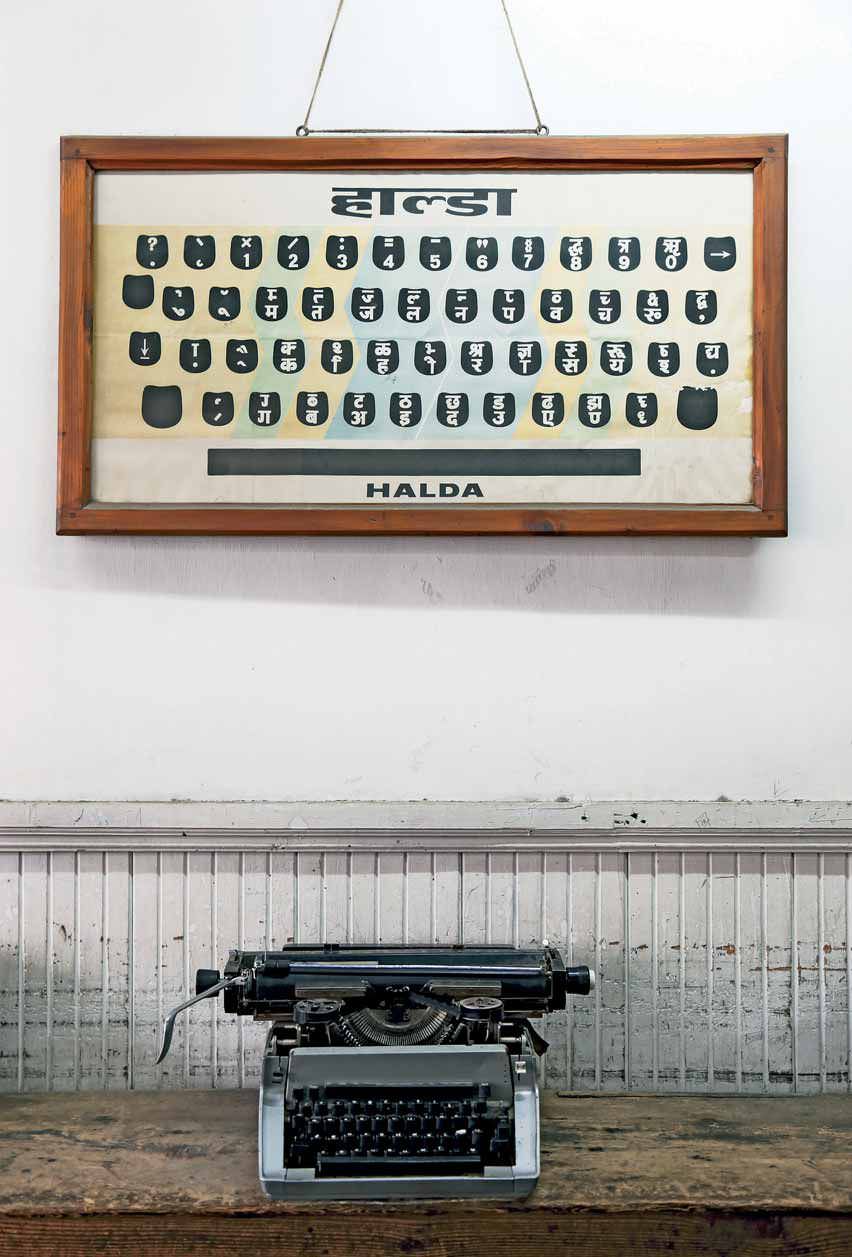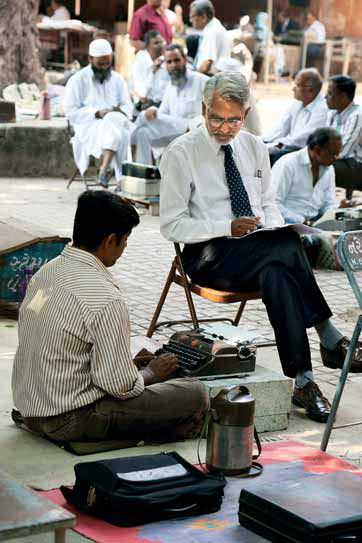Denemek ALTIN - Özgür
Keying Into a Modern History
Domus India
|March 2017
A recent book outlines the story of the typewriter in India, narrating its journey from the 1950s to the end of the last century. It chronicles how the humble typewriter was not just another machine but a facilitator of social change and economic efficacy, and a rather wondrous instrument in the daily life of the common man.

The Rise of the Indian Typewriter
The Age of the Typewriter is nearly over. The announcement in 2011 that the Mumbai firm of Godrej was to cease typewriter production in India and the realization that they were the last — or at least one of the very last — companies anywhere in the world to produce typewriters became an international news story. For many of us, the passing of the Typewriter Age is a matter for nostalgia, even regret, given the many months and years of our lives spent pounding away at a manual or electric machine or making countless revisions to a typescript. And even though the use of the typewriter may not be entirely dead, its passing from the world of manufacture does provide a moment to reflect on the history of the typewriter and, more especially, the typewriter as part of the history of modern India. My concern here is with the rise of the typewriter in India rather than its more recent decline and fall. I want to make a particular argument for thinking about the typewriter as being an Indian object and not merely a global commodity whose identity and use was the same everywhere. Obviously the typewriter has a history, but does it have an Indian history?

The Typewriter and the Street life of Indian Modernity
Bu hikaye Domus India dergisinin March 2017 baskısından alınmıştır.
Binlerce özenle seçilmiş premium hikayeye ve 9.000'den fazla dergi ve gazeteye erişmek için Magzter GOLD'a abone olun.
Zaten abone misiniz? Oturum aç
Translate
Change font size
